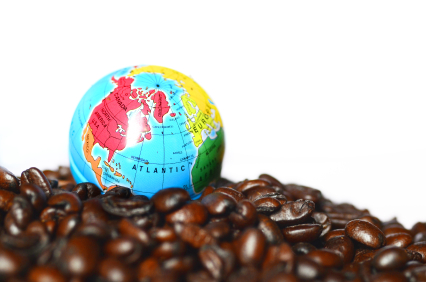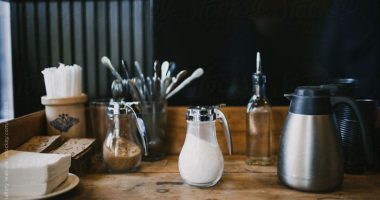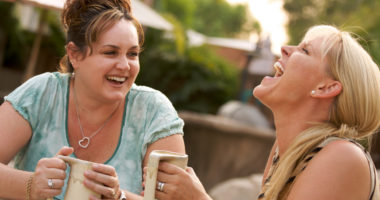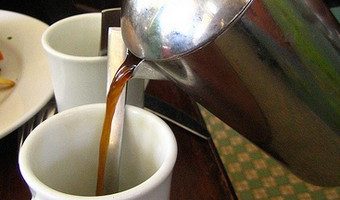
If you’ve ever traveled outside the United States and tried to order your favorite double-shot, soy milk, extra whip frappucino, you may have been disappointed. Coffee preparation techniques vary around the world and, therefore, so does the coffee drinking experience. If you are visiting a foreign country, especially one where you do not speak the language, having a rough idea of the local coffee terminology can be helpful, and you may end up trying something new that makes a lasting impression.
France: Picture yourself in Paris in the afternoon, tired from a long day of sightseeing. You sit down at a picturesque outdoor cafe, preparing to enjoy an afternoon pick-me-up, but alas! You do not see caramel macchiato listed on the menu! In France, it is rare to find a flavored coffee such as hazelnut, or ironically, French vanilla. It can even be rare to find a typical blended coffee, which is what most Americans are used to drinking. This just means that it is time to step out of your comfort zone and enjoy coffee like a Frenchman. If you try ordering a café, you will receive a shot of rich, dark espresso served in a demitasse cup, which is very tiny and usually made of porcelain. This drink is meant to be sipped and savored slowly. If the bold flavor proves to be too much for you, try a café au lait, or espresso with milk, which will lighten the taste.
Brazil: Now imagine that you are in Brazil, the world’s largest producer of coffee. It is summertime, and you decide to go get breakfast at a local cafe. Though it is morning, the temperatures are already sweltering, so you figure you will have an iced coffee with breakfast right? Probably not. Brazilians, like the French, prefer their coffee concentrated and scalding hot. Try pairing your coffee selection with an iced water to cool you down. In Brazil, the cafezinho is the drink of choice. Similar to the café in France, it is served in a small cup, and though the coffee is very strong, it is not always made with espresso. If you want something more familiar, try a média. This drink is made with espresso and steamed milk, similar to a latte, and probably friendlier for your American palette.
Austria: When I visited Austria, I was overwhelmed by the grandeur of the coffee shops. Unlike in America where coffee shops are overrun with hipsters on their computers and the sound of folk music permeates the air, the coffee shops in Austria are old, historic, and full of splendor. Café Central is one of the oldest and most famous cafes in Vienna and I had the privilege of spending many afternoons among the rich and opulent furniture, greeted by waiters in tuxedos, and serenaded by a professional pianist playing Mozart, Brahms, and Schubert on a grand piano in the middle of the chandelier-lit hallway. Melange is the usual coffee of choice for Austrians, and contains steamed coffee topped with frothy milk, making it a bold, but not overwhelming choice. Another option (my personal favorite) is an Einspänner made with strong, black coffee, complete with a dollop of whipped cream. It makes a perfect dessert coffee.
Ethiopia: Coffee in Ethiopia has important cultural significance. In homes as well as restaurants all across Ethiopia, the coffee ceremony that is performed while brewing allows you to witness each step of the traditional preparation process. It begins with a woman roasting the coffee beans over an open fire until they pop, like popcorn. Next, they are crushed with a pestle and mortar and boiled with water. The coffee, called Bunna, is served black, in demitasse cups, in 3 different servings, abol, huletegna and bereka, and each serving being weaker than the previous.
Travelling is all about experiencing new things. If you go abroad and find yourself facing new coffee options, fear not! Trying something new is exciting, you may just develop a taste for the unusual.



